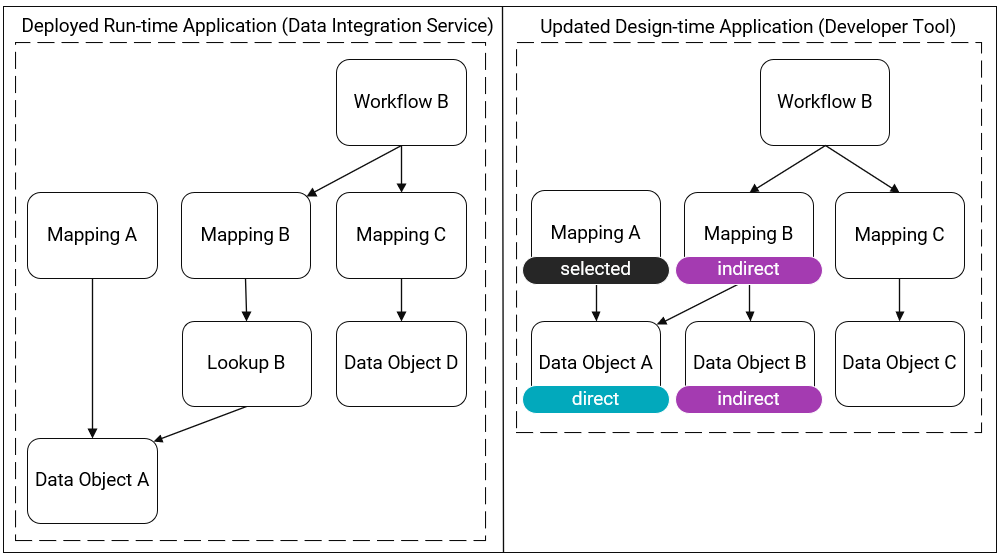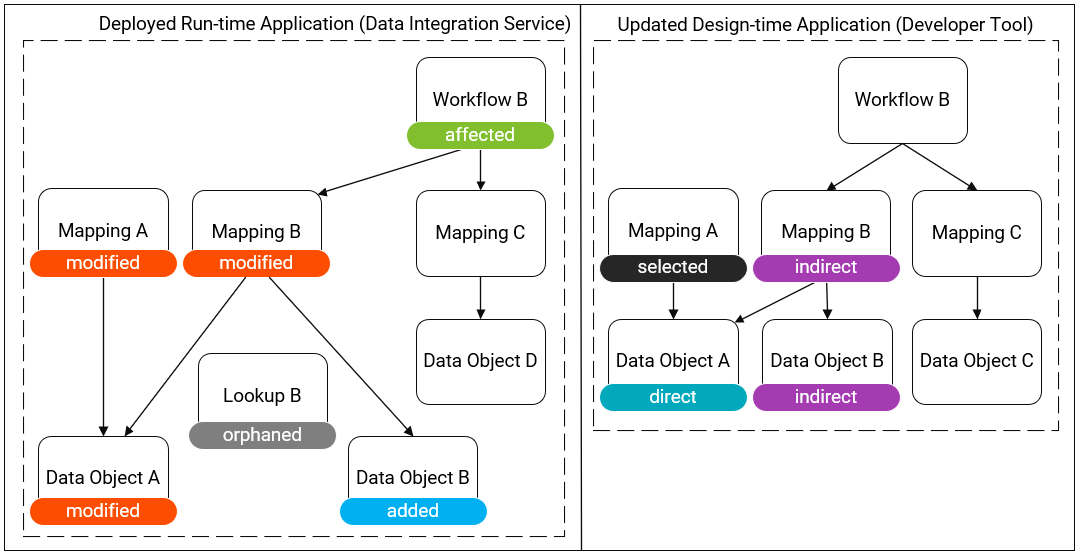Common Content for Data Integration
- Common Content for Data Integration 10.5.6
- All Products


Type of Dependency
| Dependencies
|
|---|---|
Direct
|
|
Indirect
|
|

Scope Item
| Number of Objects
|
|---|---|
Selected
| 4
|
Updated
| Modified: 3
Affected: 1
Total: 4
|
Added
| 1
|